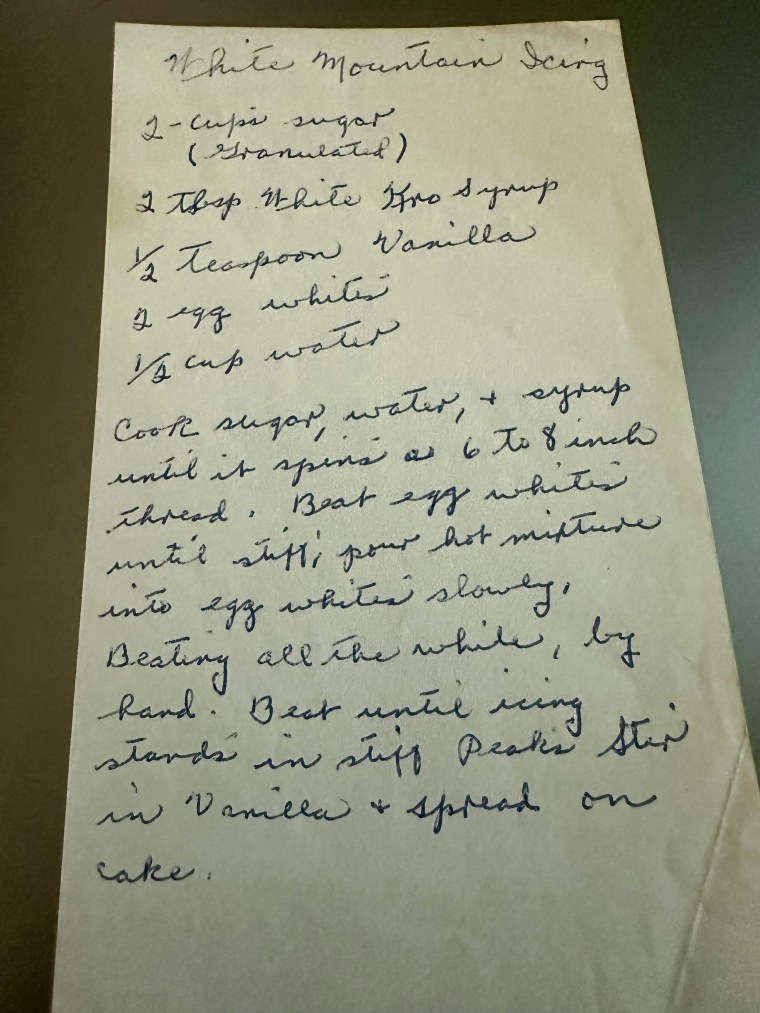It is a big responsibility to help someone with a chronic illness. Depending on the severity of the situation, there will be many changes to your life and theirs. This is true for a professional caregiver, family member, or good friend. There are also some common mistakes that people make when trying to help. Don’t worry; most of us are in an impossible situation when caring for someone. From being aware of what to say to looking after yourself, here are some care tips.
Be Prepared to Act Fast
Many chronic illnesses can take a turn in an instant. Epileptic seizures, diabetic comas, and falling over because of a back injury are some examples. Knowing what to do as fast as possible can mean the difference between helping someone or serious consequences. A CPR and first aid certification may not sound like much, but it will be helpful in the case that something bad happens. It’s all about a fast response. Speed and skill do save lives!
Be Aware of What You Say
Even with the best intentions, we can say things we really shouldn’t. You may even make ableist remarks without realizing it, which could upset or offend the patient. This would be classed as discrimination in a court. So be careful what you see. Here are some common examples:
- “You are too young to have a condition like that.”
- “You can just push through it if you try.”
- “Maybe you would be better if you exercised or ate well.”
- “Everyone has aches and pains sometimes.”
It is best to keep your opinions to yourself when caring for someone with a chronic illness. Even with the best intentions, you may say something that can be taken the wrong way. It can also be more challenging to care for someone when there is some kind of tension between you.
Help Someone with a Chronic Illness with Privacy
As a caregiver, you are not bound by the same confidentiality rules as a doctor. However, that doesn’t mean the entire world needs to know about the issues a patient has. It is hard enough for most people with chronic conditions. One survey found that 56% of people with epilepsy feel it is a stigma. And 35% have faced direct discrimination. The private conditions of patients should remain just that. If they want to tell people, then it is up to them and not caregivers.
Be Present So You Can Engage Better
Engagement is a key factor when it comes to caring for most patients. Because of the debilitating symptoms of chronic illnesses, it is even more vital for chronic patients. Many chronic illnesses come with stigmas and some cannot live a normal life. This causes issues like depression. Yet, often, all it takes is for someone to be a good friend and just listen to what a patient has to say. Communication can also help you become a better caregiver to the patient.
Use Touch as Encouragement
We live in a world where we have almost been conditioned not to touch people. There are very good reasons for this. But as a caregiver, the art of touch can be a skilled way to reassure and encourage someone. Appropriate touching includes a gentle tap on the elbow with some kind words. Holding a patient’s hand through pain provides reassurance. And even a gentle hug can make someone’s day. These cause genuine hormonal changes that make someone feel better.
Discuss Specific Needs with the Patient
No two chronic illness cases are the same, even for patients with the same condition. This is because everyone is different. All situations are different; medication requirements will be different, and living arrangements will be different. It always helps to discuss specific needs with the patient, their family, and other caregivers if the patient cannot speak for themselves. This also includes any boundaries that must be respected between the patient and the caregiver.
Help Someone with a Chronic Illness with Self-Management
Taking on the role of a caregiver is not an easy task. It requires dedication to the life of another, as well as your own. Therefore, self-management is vital for getting the job done well.
Learn as much as you can about the illness
It is challenging to help someone with a condition you don’t understand or know nothing about. You don’t need to become a doctor. But learning about a specific chronic illness means you know what to expect, understand what can happen, and how to assist when a situation arises.
Understand the medications you may have to handle
Most chronic illnesses require a lot of medication. Pain medication, heart stabilizers, and anticonvulsants are common. Misuse of medication is dangerous and will cause severe problems to a patient’s health. It is vital you organize medication and follow the script.
Take care of yourself to take care of others
It’s an old saying, but you can’t take care of someone else without first taking care of yourself. Poor self-care poses a threat to a patient. Focus, attention, and mood will be affected by a poor diet, for example. Ensure you turn up in as good a state as you can to be a good caregiver.
You can also offer support to patients by teaching self-care with a chronic illness. They cannot rely on someone else 100%.So helping them learn about their own illness and the medication they need will help them become a little more independent for the times they are alone.
Acknowledge Your Emotions
Becoming a caregiver means giving up some parts of your life. A patient with a debilitating chronic illness may depend on you for many things. In some cases, it can be like having two lives with double the work. Therefore, it helps to address your own personal feelings about the situation. If you are not invested emotionally, it can be hard to do the job correctly. Taking on too much is a common mistake. Get help from another caregiver if you can’t emotionally cope.
Don’t be Afraid to Ask Questions
We tend to stay quiet most of the time as no one likes being questioned too much. However, questions are vital when caring for someone with a chronic illness. Otherwise, how else do you know what to do in a given situation? The questions don’t need to be complex. A simple “What do you need right now?” is more than enough to meet the needs of a patient. The trick is to limit the intrusion and use your better judgment as to when to ask the patient a pertinent question.
Carefully Listen to Healthcare Professionals
As a caregiver, you can learn a lot about an illness. And this is an excellent thing to do. It will help you become a better carer for a patient. However, you must remember that you are not a medical expert! Some healthcare professionals don’t communicate well, and this can be stressful. However, learning to work with them is the best thing for the patient. If you feel that there is a lack of expert care or a course of action that is harming a patient, you can report this.
Help Someone with a Chronic Illness with Self-Care
Your own self-care is essential as a caregiver. But what about the patient? Yes, helping a patient with self-care is a necessary part of the job. Some chronic illness patients also experience mental health issues, around 37% in fact. This can affect how well they look after themselves on a day-to-day basis. Helping with personal hygiene, getting some outdoor time, and meal preparation will help form an enhanced self-care plan and gain a little more independence.
Try Not to Offer Advice
Offering medical advice should only be limited to medical health professionals. But even general advice won’t help the situation. Offering advice, even if it is well intended, can make a patient feel worse. So, you must be careful about what you say to a patient. Here are some ideas:
- People with chronic illnesses may need to vent their concerns, so just listen.
- Unsolicited advice can be taken as criticism and make someone feel guilty.
- Be a good friend and listen to what a person with an illness has to say.
- Engage with a patient from their perspective and not your own.
It can be hard not to offer advice, as it is a very human thing to do. However, most patients just want to talk and have someone listen. You will be a better friend and caregiver by doing just that. A patient will appreciate you engaging on their level and listening to what they have to say.
Look for Signs of a Worsening Condition
There are various symptoms that come with chronic illnesses. And they are pretty easy to spot when you understand what they are. However, there are some hidden symptoms that can be more challenging and indicate a patient’s issues are getting worse. Observation, conversation, and asking questions will help. Some of the common signs that a chronic illness is getting worse include stress and anxiety, not getting good sleep, and loss of focus and concentration.
Summary
You need to be prepared to act fast with CPR or first aid when assigned to help someone with a chronic illness. It also helps to learn about the condition, understand medication, and take care of yourself. These help spot the symptoms that a chronic condition might be getting worse.
This is a collaborative post.
Melinda






























You must be logged in to post a comment.